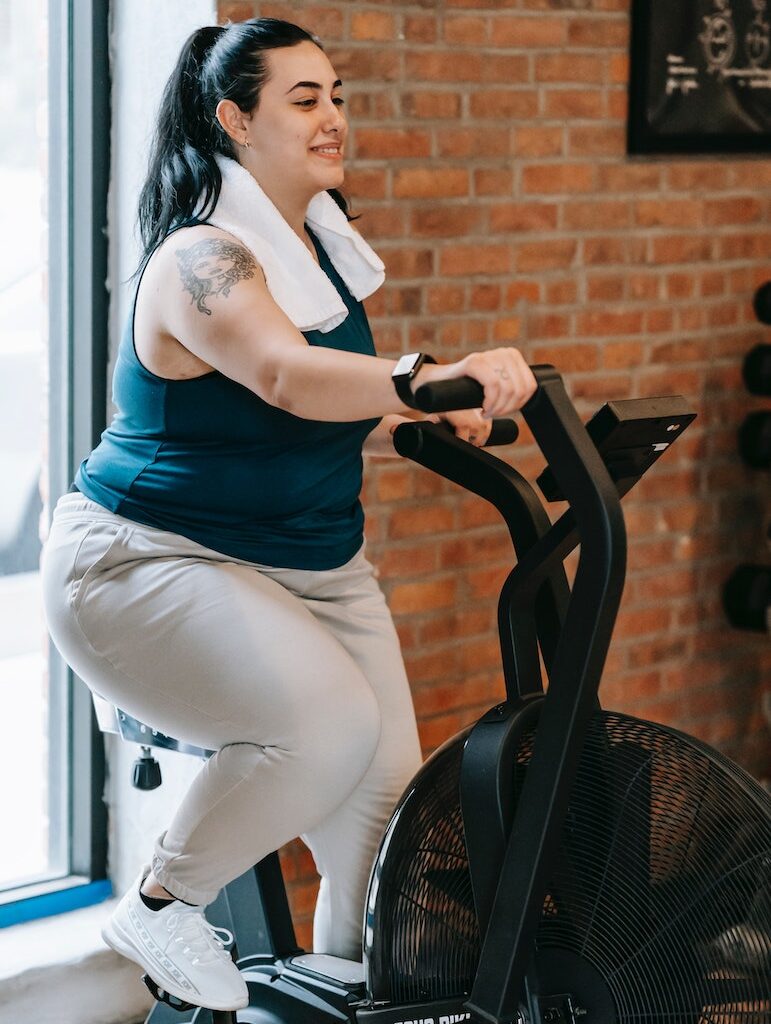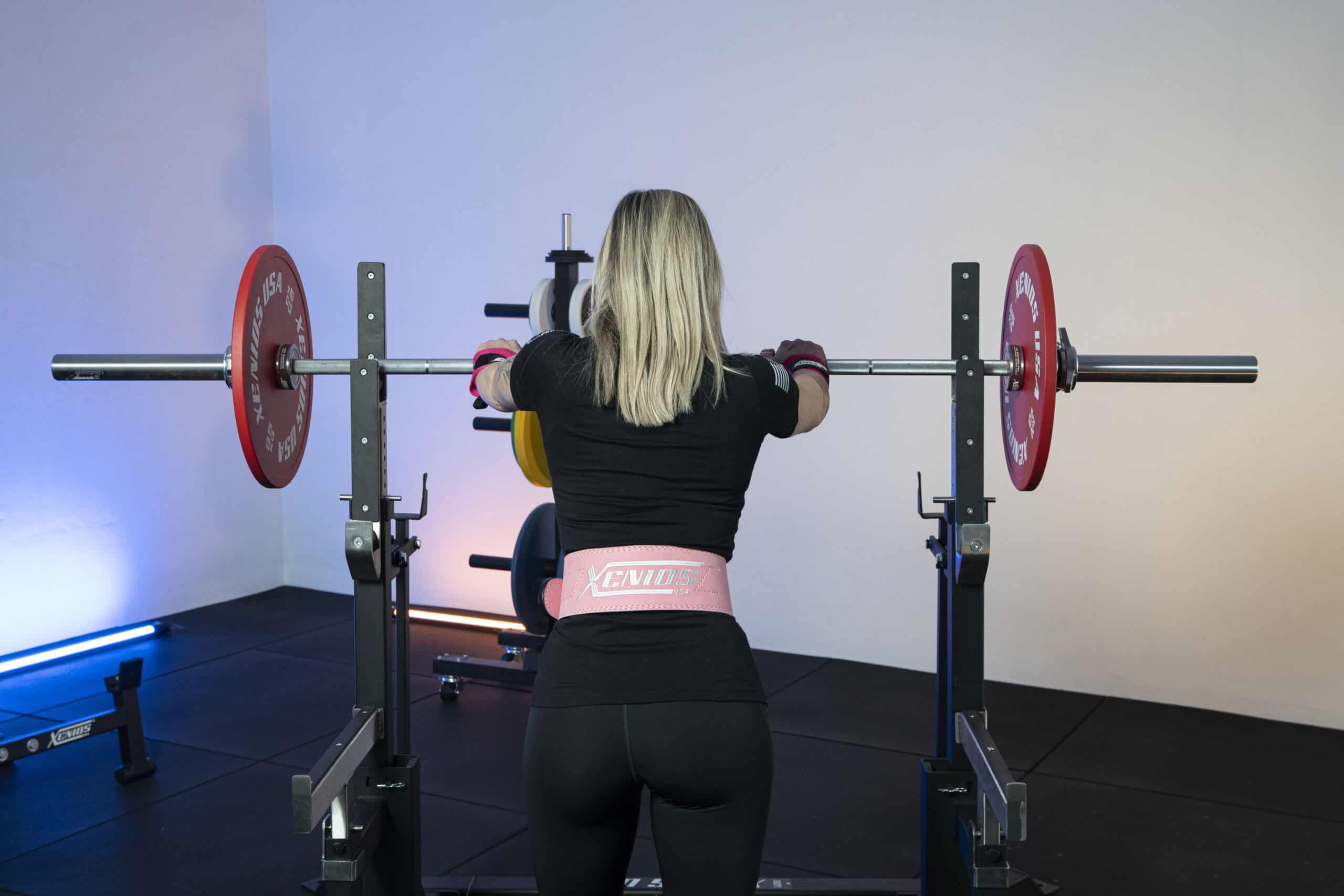Often on the web you’ll find disparate and imaginative information, that only results in undermining the safety of women by encouraging them to spend a lot of money on aesthetic treatments, “miracle” creams and supplements. Let’s try to bring some light onto this subject, defining it in a clear way by analyzing the triggers and what possible solutions can be.
Everyone talks about it, but we’ll take a closer look at what water retention truly is and what are its causes and how we can intervene in order to limit its development or impede it from presenting itself, while being aware that it’s a physiological phenomenon and not harmful, if transitory.

Cellulite and water retention: what are they?
The term water retention refers to the accumulation of liquids in the interstitial spaces, or spaces between cells, that creates edema. This accumulation, that’s completely physiological, can be felt as a swelling sensation (hence the accumulation of liquids), more or less visible, in typical zones like abdominals, glutes, thighs, legs and ankles.
If in itself it’s absolutely normal to retain liquids over the course of the day, together with these there is also an accumulation and stagnation of toxins, that aggravate the situation by slowing down the cellular metabolism and with consequences on the venous system.
Although it’s always the lymphatic and venous systems that are involved, water retention and cellulite are not synonymous and are two distinct phenomena.
Cellulite is defined as a deeper inflammation of the subcutaneous tissue, painful to the touch and not transitory as is water retention. The cause of cellulite is an accumulation of adipose tissue, which in turn leads to water retention.
In both cases, in addition to a non-optimal circulation, aggravating factors are surely previous traumas, weakness of the tissue, an increase in the volume of adipocytes and associated pathologies. Surely the female hormonal structure predisposes women to manifesting this disorder much more than men do.
If a certain degree of water retention is considered absolutely physiological and affects all women throughout their lives, in particular periods (growing up, premenstrual phase, pregnancy and menopause) and even within the same day (just think about how often you might feel more bloated in the evening than in the morning), it can even be a symptom of some illnesses and in this case it needs to be further discussed with a doctor.
The cause of water retention and cellulite are found in the functioning of the circulatory and lymphatic system, in the hormonal structure with a deficiency of androgens and GH and an excess of estrogen and insulin, in genetics, in the presence of comorbidity with polycystic ovaries and kidney or heart pathologies.
Water retention and lifestyle
The question we all ask ourselves at this point is this: can you eliminate cellulite? If the causes aren’t due to an illness, then surely targeted interventions in terms of nutrition, training, and lifestyle can help notably improve the inflammatory situation, although they can’t eliminate it entirely. There are definitely some factors, like hormonal ones, that are less controllable than others like stress and nutrition.
Speaking of nutrition, there isn’t a diet for cellulite, but a controlled and balanced diet and a reasonable loss of weight where it’s necessary can be sufficient interventions to reduce a lot of these imperfections. As always, the do-it-yourself and the hyper-restrictive, latest trending diets should be avoided.
It’s proven that a very low-calorie, low sodium or, worse, salt-free diet with a marked presence of heavy metals and anti-nutrients (the classic large salad with tuna and mozzarella at lunch) result in an unfavorable hormonal response and the suppression of cell receptions that favor lipolysis and tissue oxygenation. Staying on a diet for a long time isn’t a good solution, because excessive and prolonged calorie restriction leads to an increase in cortisol, loss of muscle tone, and an increase in subcutaneous fat.
A good strategy can be to avoid diets that are extremely low-calorie and low fat for ones that provide a proper cycle of all nutrients with a choice of nutrients that are as natural as possible; if necessary, a slightly low-calorie diet can be adopted if needed, avoiding insulin peaks especially in the morning.
Other influential factors to consider are sleep, that should be regular, able to fall asleep quickly with an energetic wakeup, stress should be reduced as much as possible, and trying to avoid situations where too much time passes in the same position – whether seated or on your feet.

Cross Training contro la ritenzione idrica
After nutrition, the biggest worry of people that are trying to improve this imperfection is that of identifying the right work out that won’t worsen this edema condition and stagnation of liquids, having benefits in terms of body composition and aesthetics.
Let’s say immediately that workouts that are excessively long and exhausting, without weight loads, but full of movements with jumps are not a good choice. Even if they might seem suitable since you sweat a lot and gives the idea of burning more calories, they don’t actually have the intensity necessary to trigger adequate protein synthesis and can cause damage to tissues by inducing trauma, acidification, and inflammation, that we’ve seen are factors that predispose someone for the development of cellulite and retention.
So, no intense cardio and workouts just to “burn” calories, but instead workouts with an interval training style and mild and controlled cardio.
The benefits of a well-planned and developed workout can be infinite. Women are naturally more likely than men to go into overtraining and tolerate fewer efforts that are close to their limits. It’s important to always consider the peculiarities and strengths of a woman. For example, a gynoid woman who’s predisposed to cellulite won’t tolerate a high training volume, many repetitions, and exhausting and inflaming circuits.
From this perspective, Cross Training and Olympic Weightlifting are more suitable workouts, because in a short time they generate high muscle tensions. Cross Training for cellulite is a good method, if it’s properly managed and personalized. This type of training can help improve body composition, increasing muscle mass and reducing fat. Furthermore, the high intensity improves insulin sensitivity and helps improve venous and lymphatic return thanks to the continuous muscle stimulation of different parts of the body.
In order to pursue an improvement of water retention, you have to remember that “more” isn’t always “better”. Given its benefits, those who practice Cross Training tend to exaggerate by working out more and more, eventually reaching up to 5/6 sessions per week, which in itself wouldn’t have particular contraindications, but in the case of a problem of this type, the production of lactate becomes excessive and difficult for the body to manage, resulting in a worsening of the state of inflammation.
Regarding the managing and improving of cellulite and water retention, the key points are, therefore, a good overview of the initial situation, the inclusion of sustainable changes regarding nutrition and lifestyle and the development of a training plan that’s suitable for the individual person.




 Since 2009, we’ve been by your side, helping you create the perfect training spaces for Cross Training Boxes, Personal Trainer Studios, and professional Home Gyms.
Since 2009, we’ve been by your side, helping you create the perfect training spaces for Cross Training Boxes, Personal Trainer Studios, and professional Home Gyms.






